Read time: 4 minutes, 30 seconds.
Carbohydrates are one of the macronutrients found in a wide variety of foods. These foods include grains, fruits, vegetables, and legumes. Composed of carbon, hydrogen, and oxygen, they serve as the primary source of energy for the body.
The fundamental building blocks of carbohydrates are saccharides. They are also known as sugar molecules. These molecules contain carbon, hydrogen, and oxygen atoms arranged in specific configurations. The simplest form of saccharides is called monosaccharides, which consist of one sugar molecule. The most famous of monosaccharides is glucose because that’s the form of sugar that mitochondria use to produce energy. Fructose is converted into glucose in the liver so that it can be used by cells for energy. Galactose is similarly converted in the liver into glucose, but it has another role in the body. It serves as the building block of glycogen – the stored form of energy in muscles and the liver.
Also Read: The Carbohydrate Conundrum: The Truth About Good and Bad Carbs
Sugars can also contain two linked monosaccharides (disaccharides) which can be broken apart via digestion. Examples include sucrose (glucose + fructose) and lactose (glucose + galactose).
Polysaccharides (2+ monosaccharides) serve as energy storage molecules. Examples of these are glycogen in animals and starch in plants. They can also serve as structural components, such as cellulose in the cell walls of plants. The diverse arrangement and linkage of saccharides into carbohydrates result in a vast array of functions. This makes them essential for various biological processes in both plants and animals.
Once carbohydrates are broken down into glucose, they are transported through the bloodstream to cells. They are primarily digested by enzymes in the mouth and small intestine. Salivary amylase, an enzyme produced by salivary glands, starts the process. This enzyme breaks down complex carbohydrates into smaller saccharides. Once swallowed, the partially digested carbohydrates move to the stomach. The acidic environment here temporarily halts further carbohydrate digestion.
But then the process resumes as the contents enter the upper small intestine – the duodenum. This is where the pancreas releases pancreatic amylase which further breaks down carbohydrates. Pancreatic amylase further breaks down starches into maltose and other disaccharides. Then enzymes present on the surface of the small intestine’s lining finish the job. They break down the remaining disaccharides into monosaccharides. These are then absorbed into the bloodstream and transported to various tissues and organs throughout the body. This is where they serve as a readily available source of energy for cellular function. Any undigested carbohydrates, such as dietary fiber, continue to the large intestine. This is where they influence gut health and support the growth of beneficial gut bacteria.
For athletes, carbohydrates are of paramount importance for optimizing performance and endurance. During physical activity, muscles require a continuous supply of energy to sustain performance. Glycogen, a storage form of glucose, is stored in muscles and the liver and serves as a readily available energy source during exercise. Consuming adequate carbohydrates before and during workouts or competitions helps maintain glycogen stores. This delays the onset of fatigue and enhances overall athletic performance. Carbohydrates also promote quicker recovery after intense exercise. They do this by replenishing depleted glycogen stores and facilitating muscle repair and growth.
Also Read: 7 Tips to Treat Sore Muscles for Adults
The primary energy systems involving carbohydrates are aerobic and anaerobic glycolysis. The aerobic system utilizes carbohydrates in the form of glucose to produce ATP in the presence of oxygen. This system is activated during low to moderate-intensity activities, such as walking or jogging. It provides cells with a sustained, efficient, and long-lasting energy supply. That’s why it is the preferred system for activities lasting more than a few minutes.
The body relies on anaerobic glycolysis for high-intensity activities. These activities require short bursts of energy such as sprinting or weightlifting. This metabolic process does not require oxygen. In this system, the glycogen in muscles is rapidly broken down into ATP. This provides cells with a quick but limited burst of energy. This energy system also produces lactic acid as a byproduct, which can lead to muscle fatigue. A decrease in performance may result if sustained for extended periods.
Also Read: Fuel Your Performance: 4 Essential Eating Habits for Adult Athletes
Consuming carbohydrates strategically before, during, and after exercise is crucial for optimizing performance, sustaining energy levels, and promoting efficient recovery. Before exercise, consuming a meal or snack rich in carbohydrates can help top up glycogen stores in the muscles and liver, providing a readily available energy source during the workout. Complex carbohydrates like whole grains, fruits, and vegetables are excellent choices as they release energy slowly, supporting endurance activities.
Further Read: A Comprehensive Guide to Nutrition for Endurance Athletes
During prolonged or intense exercise, especially activities lasting more than an hour, consuming easily digestible carbohydrates can help maintain blood glucose levels and delay the onset of fatigue. Snacks and beverages containing simple sugars are commonly used to provide a quick and easily accessible source of energy to sustain performance.
Further Read: 23 Pre-workout snacks made with whole food ingredients
After exercise, replenishing glycogen stores is essential for optimal recovery and preparation for the next workout. Consuming carbohydrates within the first 30 minutes to 2 hours after exercise, along with some protein, enhances glycogen synthesis and facilitates muscle repair and growth. High-quality carbohydrate sources, such as whole grains, starchy vegetables, and fruits, combined with lean protein sources, are recommended for a balanced post-exercise meal or snack.
Further Read: The Essentials of Post-Workout Nutrition
Overall, properly timing carbohydrate intake before, during, and after exercise can help athletes and fitness enthusiasts maintain energy levels, improve performance, and support the body’s recovery process, ensuring they get the most out of their training and achieve their fitness goals.
Here’s a list of whole-food snacks and foods that contain a healthy balance of simple and complex carbohydrates. I’ve also provided their total carbohydrate content in grams and their fiber content in grams per typical serving:
| Food | Carbohydrates | Fiber |
|---|---|---|
| 1 medium apple | 25 grams | 4 grams |
| 1/4 oatmeal with 1 banana (sliced) | 27 grams | 4 grams |
| 1/2 cup Greek yogurt with 1/4 cup berries | 20 grams | 2 grams |
| 1 cup carrot sticks + 2 TBSP hummus | 15 grams | 5 grams |
| 1/2 cup brown rice + 2oz grilled chicken | 40 grams | 3 grams |
| 1 small baked sweet potato | 22 grams | 3 grams |
Carbohydrates play a pivotal role in optimizing athletic performance and supporting energy demands. As the primary source of fuel for the body, carbohydrates provide the necessary glucose to power various energy systems. They are essential in fueling both aerobic and anaerobic energy systems. This provides cells with the necessary energy for a wide range of physical activities and sports. This includes both endurance exercises and quick bursts of power and strength.
With proper carbohydrate intake, athletes can thrive and excel. Adequate carbohydrate storage in the form of glycogen is also crucial for optimizing athletic performance.
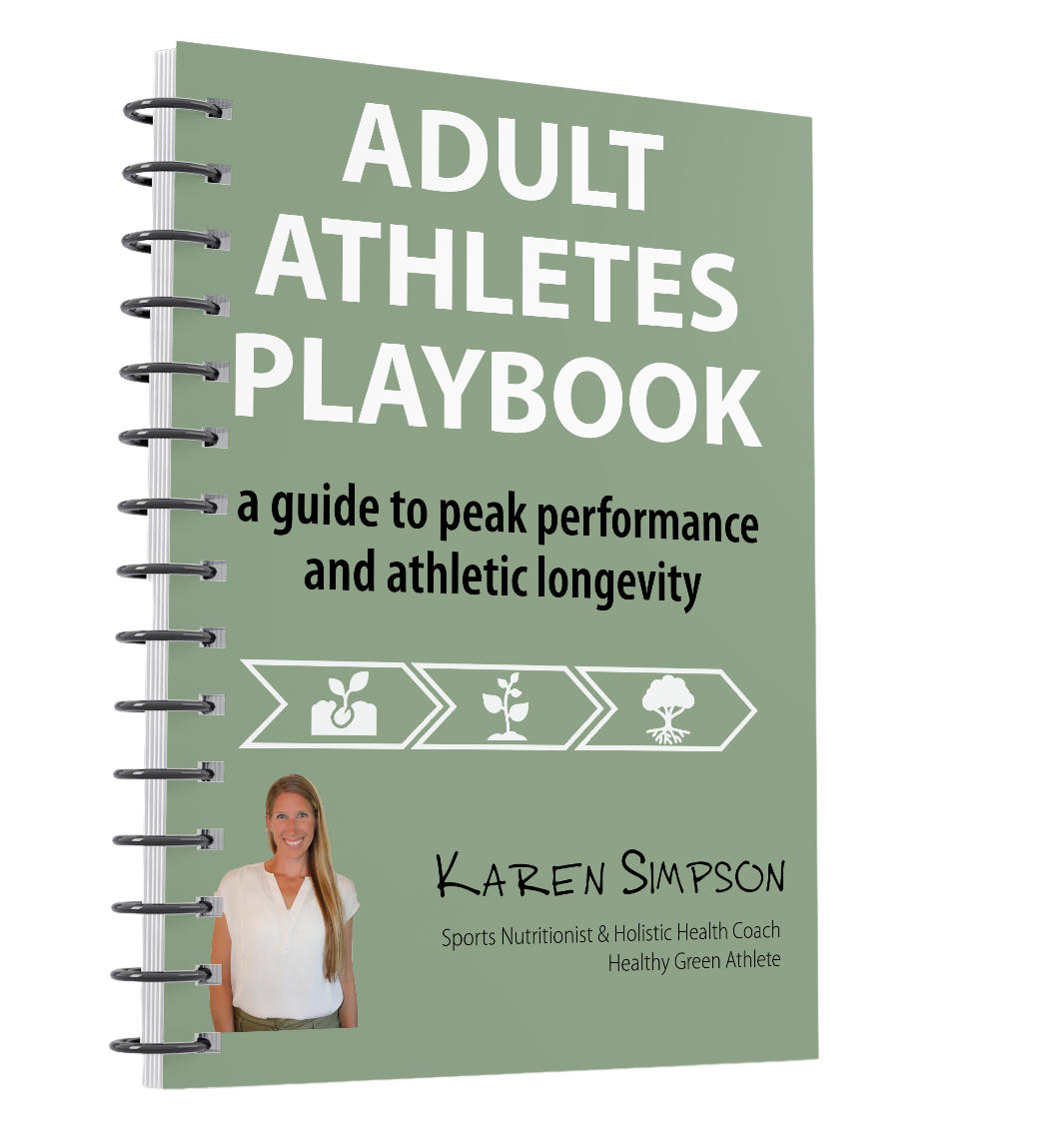
Adult Athletes Playbook
A Guide to Peak Performance and Athletic Longevity
This playbook will help you develop and implement a personalized game plan for improving athletic performance.

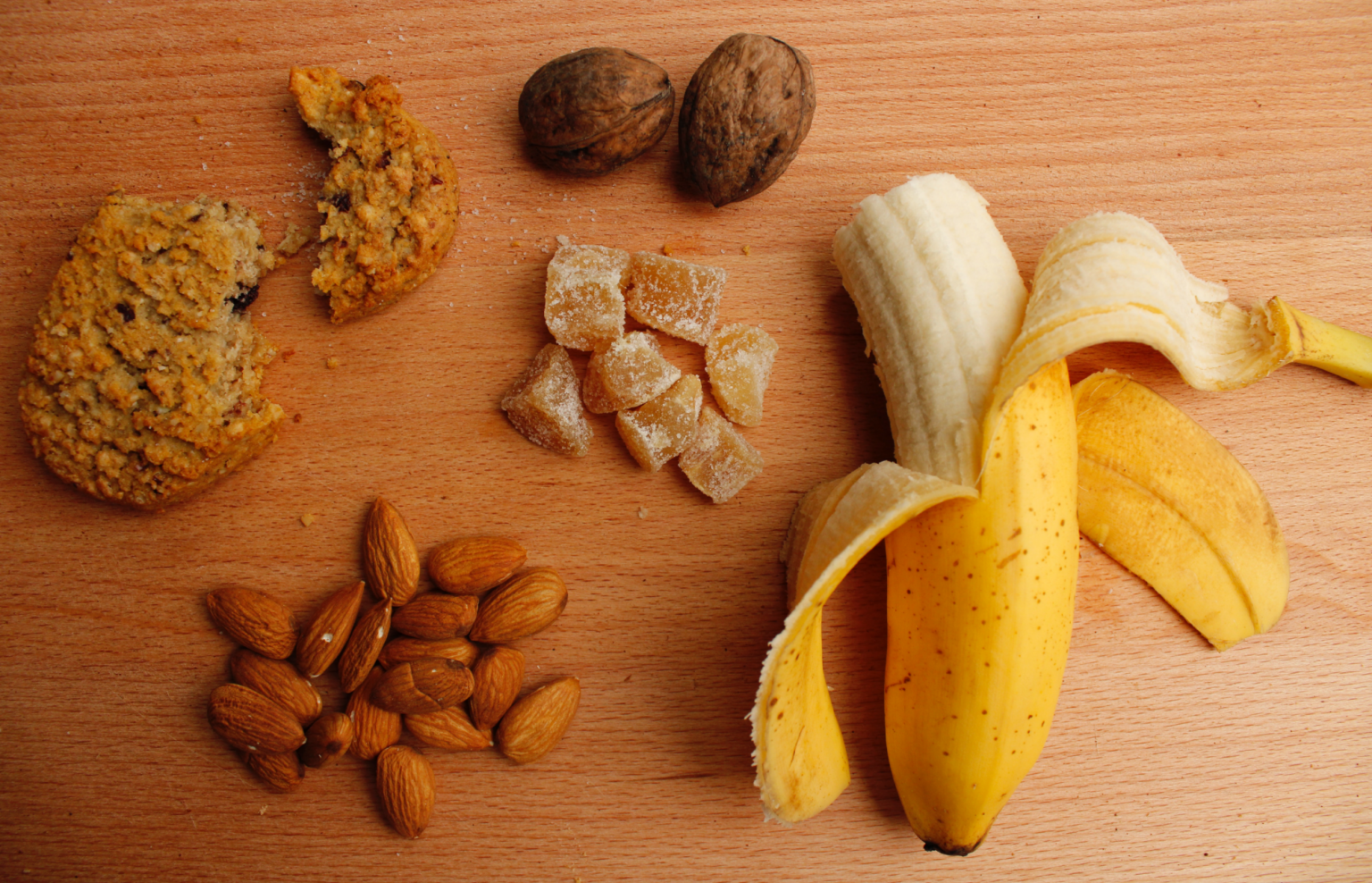
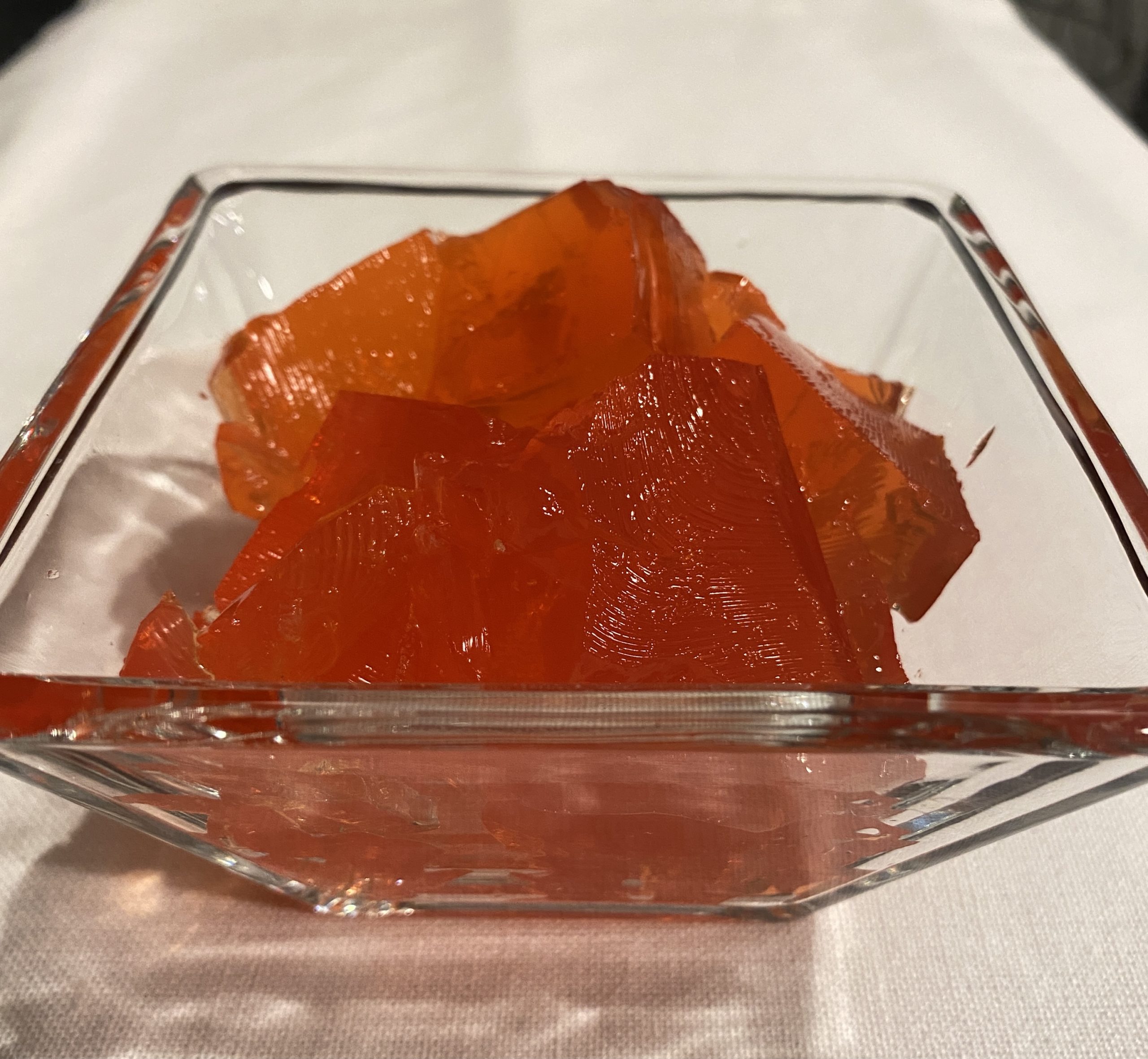



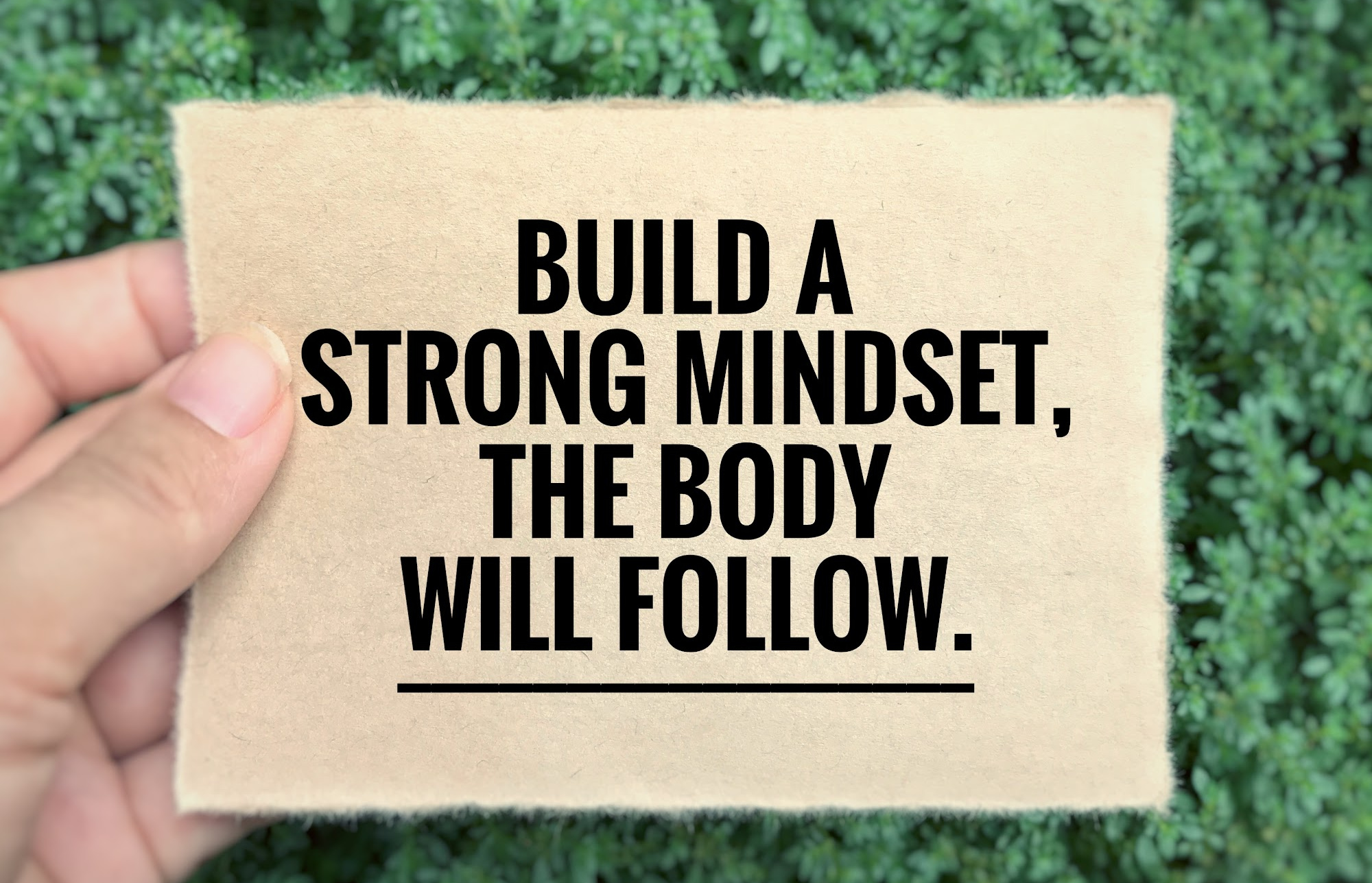

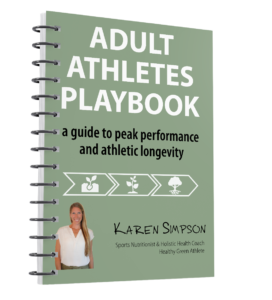



3 Comments
Pingback:
Pingback:
Pingback: